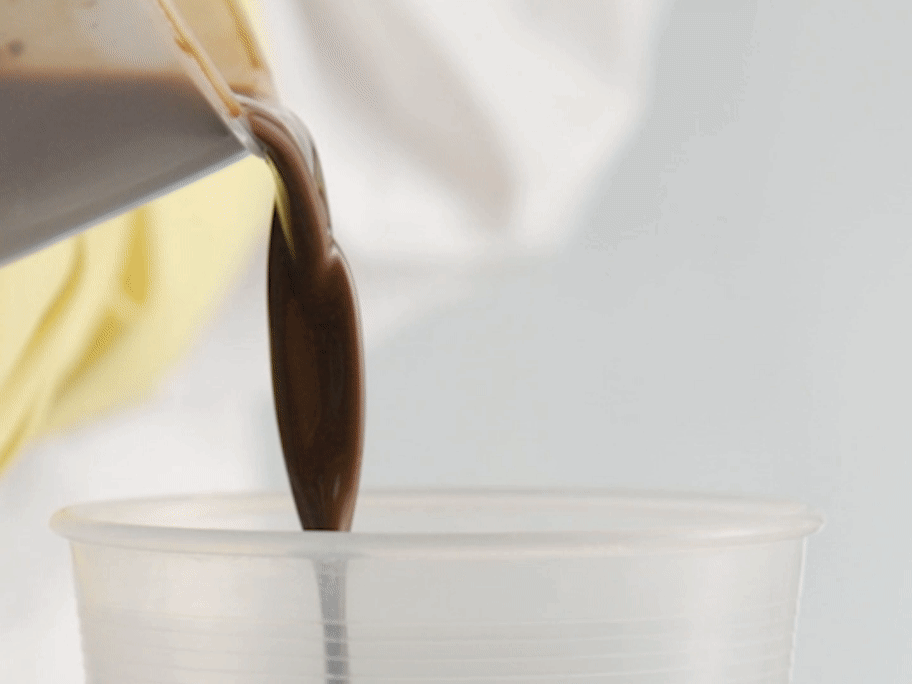Poo signatures and the power of shock tactics

Poo.
We love to talk about it, we hate to talk about it, we constantly joke about it and obviously (pious anti-poo talkers, look away now), we all do it. However, never have I ever seen anyone write with it.
That is, until creative agency Uncommon, in collaboration with Clean Ocean, Ocean Sewage Alliance and Renasys launched ‘The Dirty Protest’. The Dirty Protest is an online petition against sewage pollution in oceans and rivers on a global scale. Once you sign online via DirtyProtest.org, your name is then printed using a specially formulated ink made from sewage in drain pipes.
The petitions are then printed and delivered to the responsible politicians worldwide.
The campaign has been launched to combat the threats sewage pollution are posing to the environment, which include:
Over 40% of the world’s population lacks access to safely managed sanitation services.
80% of the world’s wastewater is discharged without treatment to surface waters.
55% of coral reefs and 88% of seagrasses are exposed to wastewater pollution, making them more vulnerable to climate change.
In short, we’re up shit creek.
In 2022, more than 380,000 spills of nearly 2,350,000 hours* worth of untreated sewage was pumped into the waterways of England and Wales alone, and aside from the obvious grossness (official term) of the situation, it also poses a level of threat to aquatic environments that is hard to ignore. Sewage pollution causes reduced oxygen levels for marine wildlife and ecosystems, rendering our waters vulnerable to climate change and undeniably dangerous for its inhabitants.

The need for things to change is clear, and it needs to happen fast.
This crafty bit of work from Uncommon weaponises the very thing causing all the chaos in waters worldwide: shit, and uses it to stir up the sewage pollution conversation. So why does poo have the power to create conversation and - hopefully - legislative change?
This petition has the potential to gather momentum many others won’t, simply due to the type of ink it is using to sign those all-important signatures.
The use of shit as an ink is a choice as savvy as it is charged; it encapsulates the campaign's messages of dirtiness and pollution, whilst also acting as a siren - its shock factor harnessing our seemingly perennial fascination with disgusting things.
Revolting public displays in all their varying forms consistently seem to capture global attention which then usually dominates popular discourse (see meat dress, tampon gate, Saltburn bathtub/grave humping etc), and I believe this campaign will be no exception.
We’ve seen shock tactics work time and again, most recently, in fact, by the Indian model who faked her own death to raise awareness of cervical cancer. The result? Uproar. Also the result? 100% Google trends spike in searches for cervical cancer in early February 2024 and the Indian government fast tracking an HPV vaccine.
It’s not new - we can see it here and we’ve seen it since the late 18th century, when circuses ran the world of entertainment, with macabre and weird acts attracting audiences from far and wide. To quote the great Nora Ephron: everything is copy. But through its thrilling simplicity and childlike cheekiness, this campaign remains original whilst ironically using a tactic which has been used for centuries, and one that will continue to be adopted year after year ad infinitum, in my opinion - because it works.
Like a child (and actually loads of grown ups) this campaign is talking about poo to get a reaction, but it’s also trying to solve a problem, and for me, that’s what all good PR does.
So, next time the shit hits the fan, ask yourself if that’s really a bad thing - because everyone looks up when it does.
With one million signatures, The Dirty Protest petition will be delivered to the European Parliament and any other relevant intergovernmental organisations capable of instigating change. You can sign it here and learn more about the initiative.

If you enjoyed this article, you can subscribe for free to our weekly email alert and receive a regular curation of the best creative campaigns by creatives themselves.
Published on:





